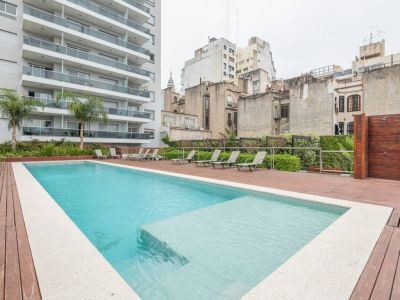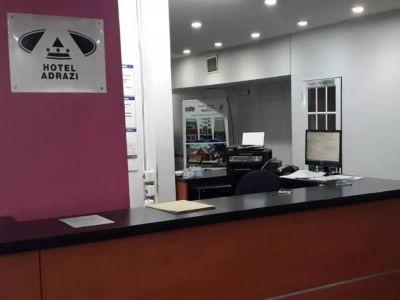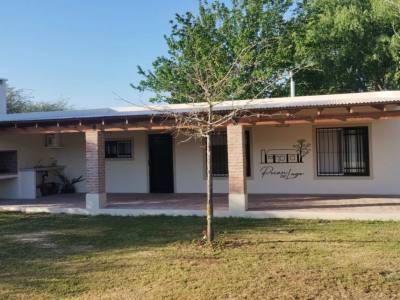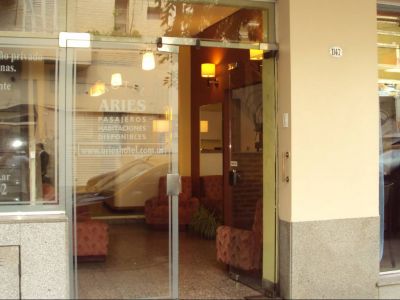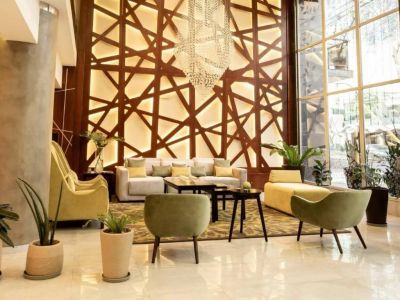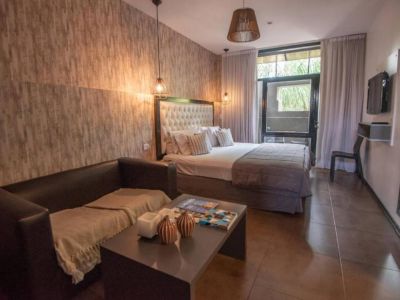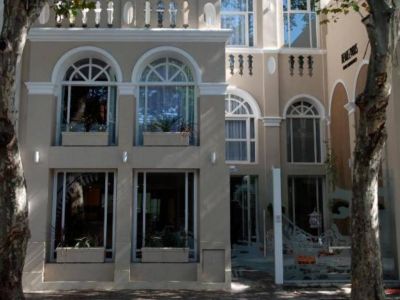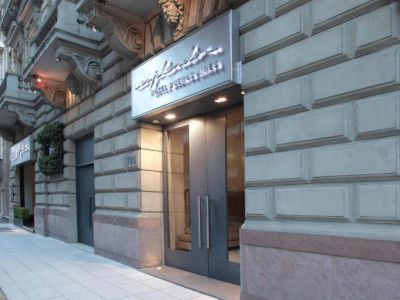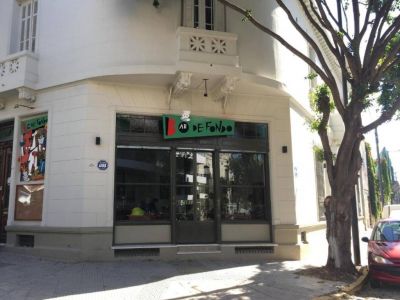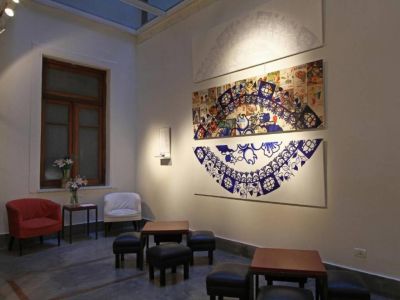From the outside it looks like a palace but it was built to be part of a health plan for the city. Inside, the water service still works. Here is a tour around a small museum.
Down Córdoba Avenue, those who catch a glimpse of this building realize at once that it belongs to another time. Extravagant and ridiculous for some, fascinating for others, the
Palacio de las Aguas Corrientes (Water Company Palace) has been a symbol of the pomp of the generation of 1880 and at the same time a key piece for the health of a developing
city.
Almost like a Fruit The construction line seems to follow exclusively the ornamentation logic: balconies, colors, adornments, terracotta images. Resting on an entire block, it has been a part of Buenos Aires for over a century. What many people may ignore is that it was raised with a practical purpose: to house the new water tanks to supply the city. It was inaugurated in 1894, but its construction works had begun almost ten years before. Featuring an eclectic style, it bears a mixture of Second French Empire architecture and certain Central-European and Renaissance airs. It is covered by over 300,000 terracotta tiles.
Marcos Rodríguez
Gentileza: Agua y Saneamientos Argentinos S.A.
Phone: +54 11-63191104






















